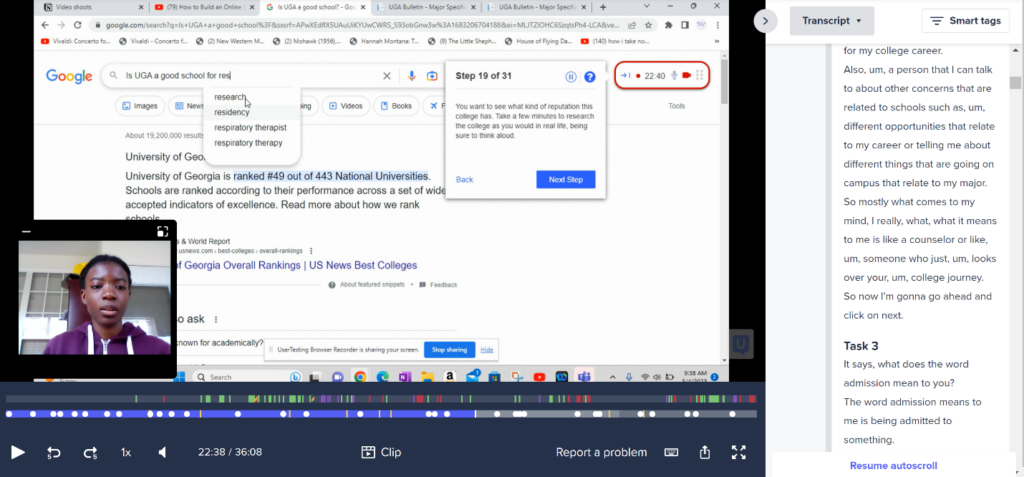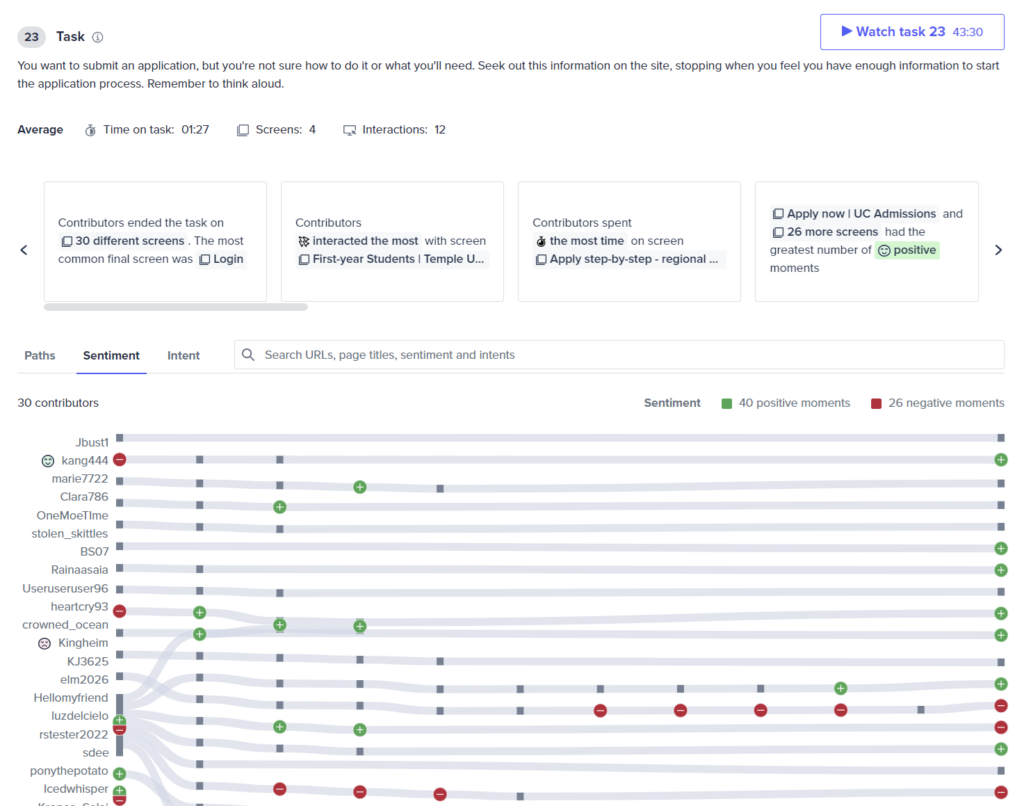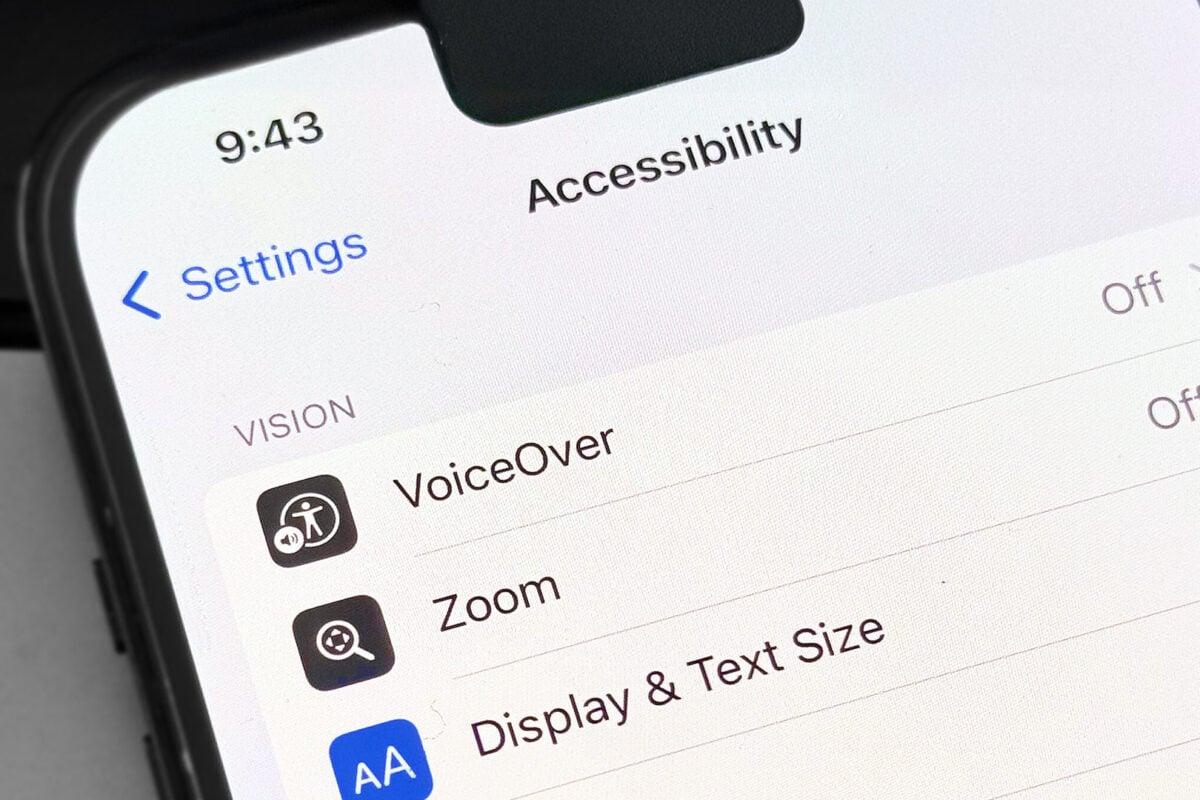Usability testing.
The words might conjure images of eye-tracking devices, or people doing complex tasks in computer labs. You might worry about finding the right users or that the project doesn’t have time to spare for usability testing. This might have been true 20 years ago, but it’s no longer the case. Usability testing has become easier and more efficient than ever.
It’s faster than in-person focus groups. It provides deeper insights than intercept surveys and NPS scores. And when combined with traditional interview tactics, it can help you see your user experience – and your users – in a whole new light.
Why is user testing important?
You are not your user. Neither is your digital team. Sure, they’re experienced marketers, developers and designers. They ground their work in research, data and all the best practices in the book. But only usability testing can reveal how real-life users:
- Navigate your digital ecosystem
- Interact with your user interface design
- Read and interpret your content
- Complete tasks
- Compare you to the competition
How is usability testing performed?
Usability testing is still performed in labs, on occasion. But more often, the testing process is done virtually, on the user’s own devices.
Why? Not just for convenience. Users are much more likely to interact with a website, software, or app on their own laptop or smartphone than they are in a lab. Working in these real-life settings gives UX researchers accurate insights into user behavior.
Here’s an example of what this looks like:

User testing types and tools – what’s best?
All methods have pros and cons. We work with clients to determine what will be best for their scenario. We’ll also discuss whether moderated or unmoderated is recommended.
- Moderated user testing happens between a single test user and a moderator, usually a JPL strategist or UX designer. Moderated testing allows for more targeted questioning but can also introduce more variables into the process.
- Unmoderated testing can be more rigid but can also yield more standardized results. Unmoderated testing happens in a similar way, often using a software or a browser-based plugin to guide the user through the process.
Both forms of user testing can be valuable tools. Once we’ve chosen the right methodology, we work with our clients to define user segments and screening questions. We establish goals for each test, including the data to gather, and the knowledge gaps to fill. Then, we draft interview questions and tasks.
We use a variety of tools and platforms to recruit the right users quickly and analyze the results for our clients. Automated sentiment analysis and data visualizations can speed up the synthesis of data and uncover trends.
Here’s a window into what this can look like:

Even when test results don’t reveal usability issues, they can still be a good source of audience insights for our clients. Participants may reveal preferences or pain points you didn’t know they had. They might share use cases for your products that you haven’t yet considered. A usability evaluation may even uncover new opportunities for expanded content or better SEO.
When usability testing reveals no issues
This recently happened with a client of ours. We performed usability testing of a new recipe database website shortly after it went live. Users found the site aesthetically pleasing and easy to navigate. They completed tasks quickly and easily, without needing to backtrack. We found a few opportunities to enhance the design, but no major bugs.
What we lacked in issues, we gained in user insights. Recipe reviews are often considered an important decision-making factor for users, for example. But the users we tested expressed little interest in recipe reviews, calling them ‘subjective’ and ‘unimportant.’ For them, photography was more important than the presence (or absence) of reviews.
We used these and other audience insights to expand our client’s editorial guidelines. We paired these new guidelines with real-life user quotes to add authenticity. We also used the quotes to inform article ideas to expand their editorial calendar. This helped them align their content governance with the needs of real-life users and improve the overall user experience in unexpected ways.
User testing makes good business sense
By seeing user behavior in real time, you can uncover issues and opportunities. You’ll better understand user motivations and mental models. You can even use trends from your usability testing to set benchmarks for better data analysis.
Ready to explore usability testing for your own website or digital ecosystem to see what new insights you can uncover? Drop us a line at [email protected].





